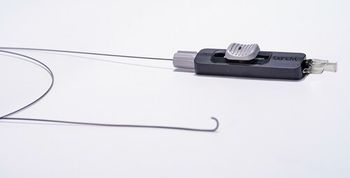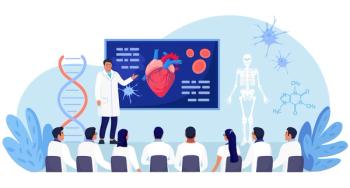
Your Voice: I was hacked, too
The article “I was hacked” (February 10, 2017) by Dr. George Ellis was quite timely.
The article “I was hacked” (February 10, 2017) by Dr. George Ellis was quite timely. That issue arrived in the mail the same day we discovered our practice had been hacked.
My APRN was working on a computer in one of the exam rooms and kept getting kicked off. Our IT tech was called and determined we had been hacked. The culprits had placed some icons on the desktop for programs we do not use. One of them is commonly used for sending mass emails (using our IP address, of course). The tech also found ransomware on our hard drive, including the note below.
Fortunately we were able to slam the door shut before any trouble was caused, avoid a true breach of our data (the level they needed to access had more security in place) and avoid paying a dime … or a bitcoin in this case … in ransom.
Jeffrey M. Kagan, MD
Newington, Connecticut
To survive, primary care must redefine itself
If primary care is to survive, (“The Future of Primary Care”, Medical Economics, January 10, 2017), it will have to redefine itself.
The primary care workforce of the future will be composed of “hybrids”-professionals whose training will include the best qualities of nurse practitioners, physician assistants and primary care doctors.
They will be trained in about six years, and not the customary 11 or so to train today’s primary care doctors: two years of college and two years of post-college education, in a special program attached to a medical school. They will get a degree in “general practice” and will be trained in community health centers with a short hospital rotation.
The idea is to increase the workforce so that the individual workload will be manageable. No matter how you look at it, it is workload that leads to burnout and dissatisfaction in primary care.
These new providers will see maybe just eight or ten patients a day and have time to get know them well. Their administrative tasks will be much less.
Because their training period will be shorter, their education loans will decrease and this reflected in their incomes.
Large networks of traditionally- trained primary care doctors will probably work as directors in medical homes and hospital-affiliated networks.
This view of the future of primary care is oversimplified. But most of the primary care services will be delivered by a new type of provider.
Edward Volpintesta, MD
Bethel, Connecticut
Newsletter
Stay informed and empowered with Medical Economics enewsletter, delivering expert insights, financial strategies, practice management tips and technology trends — tailored for today’s physicians.















